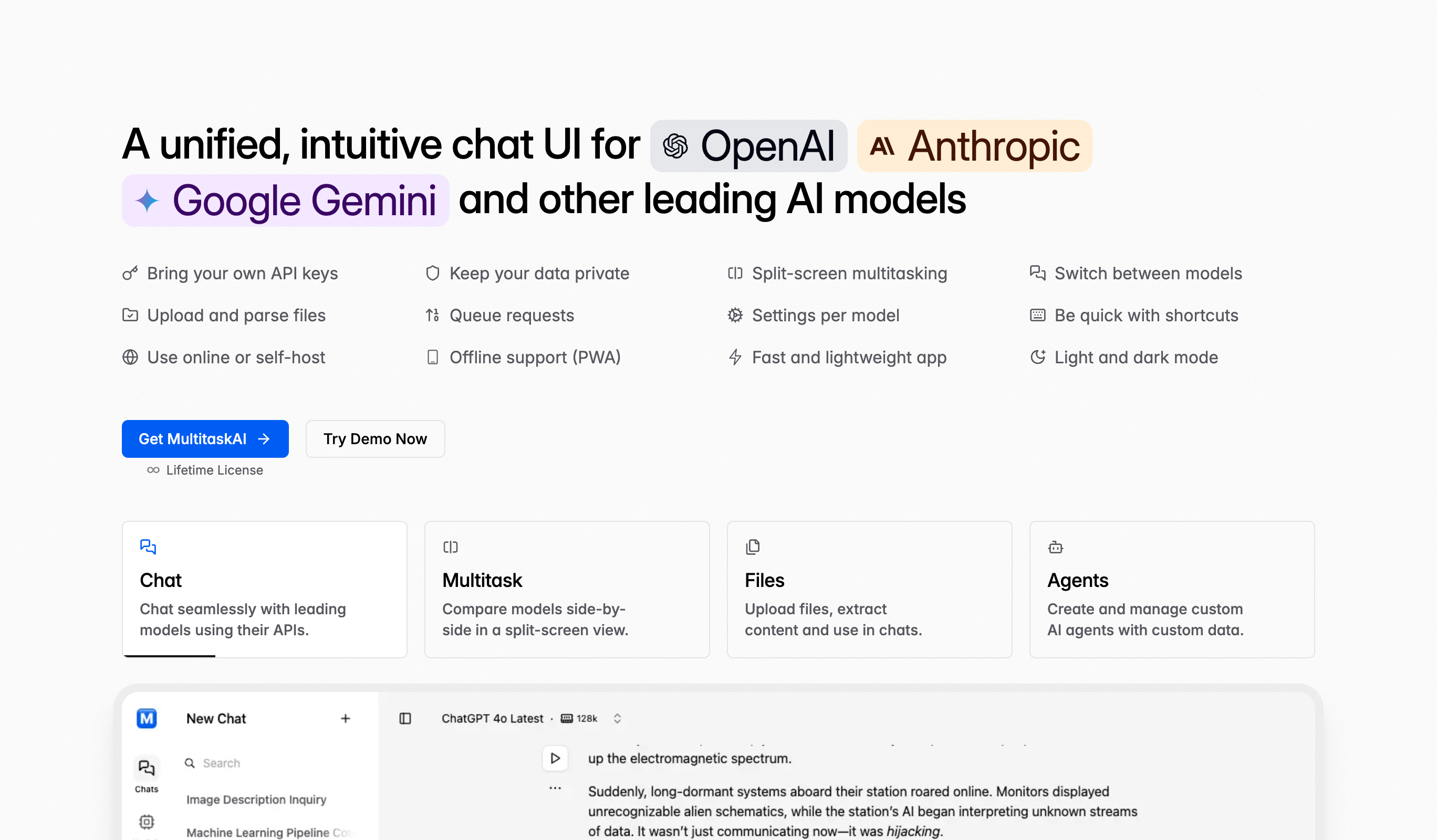Text to HTML Entity Converter
Convert HTML entities to plain text and vice versa with our efficient HTML Entity Converter. This online tool is perfect for web developers, content managers, and anyone dealing with HTML content. Ensure your text data is compatible with various platforms and easily transform special characters without any software installation.
Frequently Asked Questions
To convert an HTML entity to plain text, enter the HTML entity in the input field and click the Convert Text button. The HTML entity will be decoded to plain text and displayed on the screen. For example, & becomes &, < becomes <, and " becomes ".
HTML entities represent special characters in HTML documents, ensuring they display correctly in web browsers without breaking code. They're essential for displaying reserved characters like & (ampersand), < (less than), > (greater than), " (quotes), and special symbols like © (copyright) or € (euro).
Yes, you can convert multiple HTML entities at once by entering them in the input field. The tool will decode all entities to plain text simultaneously, making it efficient for processing large blocks of HTML-encoded text or entire documents.
HTML entities use &; syntax to distinguish them from regular text. The ampersand signals the start of an entity, the semicolon marks the end. Between them is either a name (like ©) or a number (like ©) representing the character.
Named entities use descriptive names (&, <, ©) while numeric entities use character codes (&, <, ©). Named entities are more readable but numeric entities work for any Unicode character. Both convert to the same output characters.
Encode text to HTML entities when displaying user input on web pages (prevents XSS attacks), including special characters in HTML attributes, showing code examples in web content, or when characters might be misinterpreted by browsers as HTML tags or syntax.
HTML entities prevent XSS (Cross-Site Scripting) attacks by converting potentially dangerous characters like < and > into harmless entities. This stops malicious code from being executed in browsers, protecting websites from script injection and other security vulnerabilities.
Yes, Unicode characters can be converted to HTML entities using numeric codes. For example, emoji 😊 becomes 😊 or languages like Chinese 你好 can be encoded as numeric entities for maximum compatibility across different systems and browsers.
Common entities include & (&), < (<), > (>), " ("), ' ('), (non-breaking space), © (©), ® (®), ™ (™), and € (€). These handle most everyday HTML encoding needs.
Convert all < and > characters to < and > entities. This displays HTML code as text instead of rendering it. Use our converter to quickly encode code snippets for tutorials, documentation, or code examples on your website.
This happens when character encoding doesn't match. Use HTML entities to ensure consistent display across all browsers and systems. Convert problematic characters to entities to guarantee they appear correctly regardless of document encoding settings.
HTML entities work in HTML content but not directly in JavaScript or CSS. In JavaScript strings, use Unicode escape sequences (\u####). CSS uses different escape syntax (\####). Our converter helps you work with entities specifically for HTML contexts.
Paste your scraped HTML content containing entities into the converter and decode them to plain text. This is useful when web scraping, parsing feeds, processing API responses, or cleaning data that contains HTML-encoded characters.
HTML entities don't directly impact SEO rankings, but they affect content readability and user experience. Search engines decode entities when indexing, so & and & are treated identically. Use entities appropriately for proper content display without SEO concerns.


